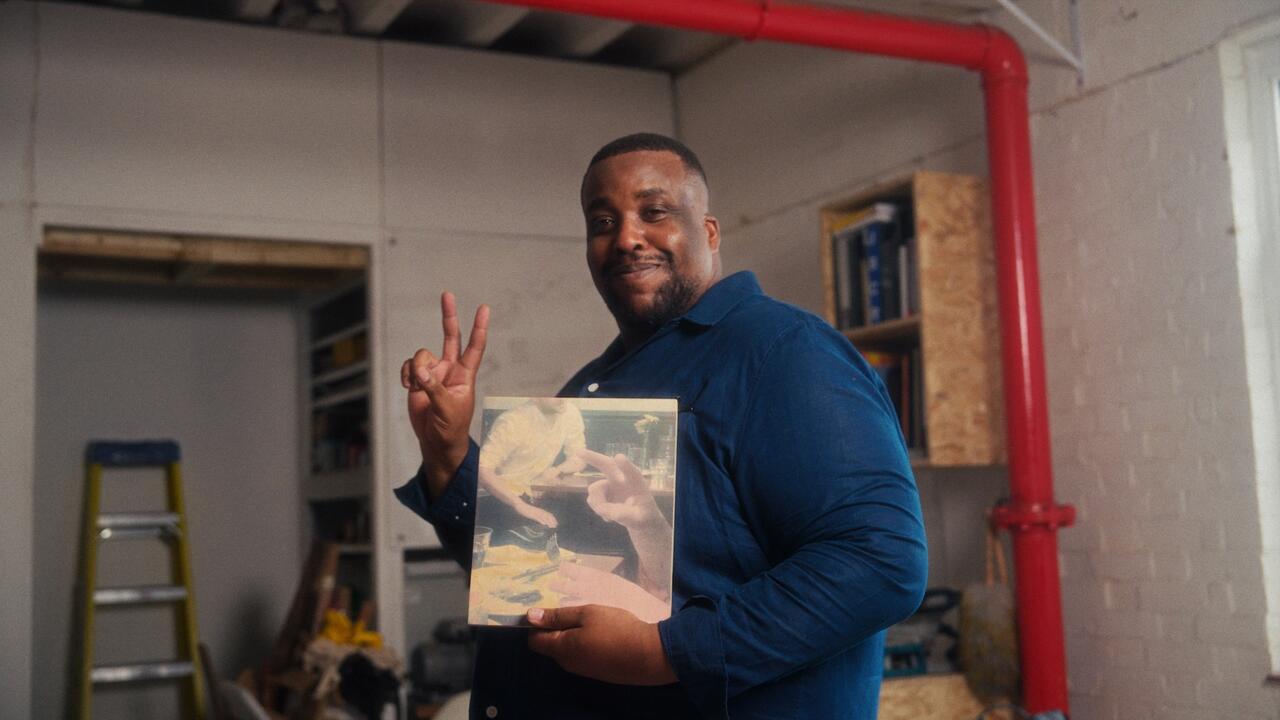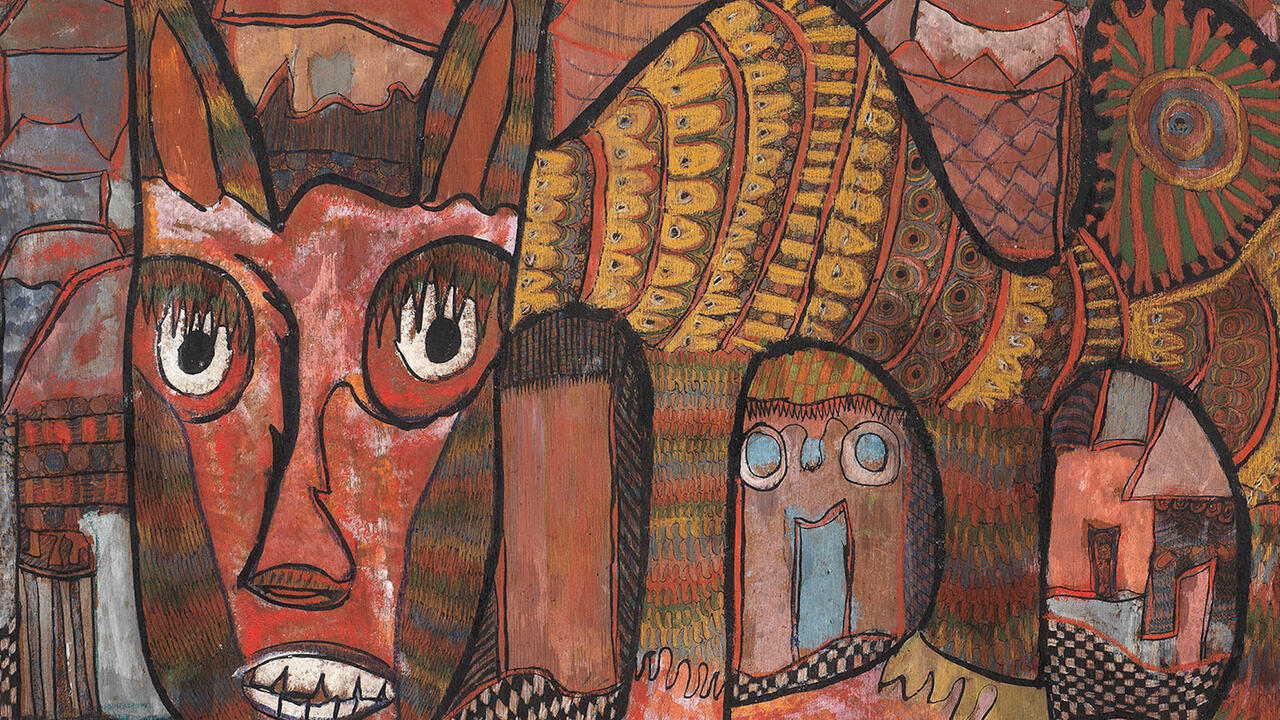A. G. Rizzoli
A. G. Rizzoli's 'Kathredal' series are not the sort of drawings you forget in a hurry. It's not as if no one has ever before conjured up such farfetched architecture - Jean-Jacques Lequeu's hypothetical cow shed and Piranesi's fantasy prisons come to mind - nor simply the strange spelling of the title. The Kathredal and the other inspired edifices of Rizzoli are unforgettable because they are all about portraiture: what Rizzoli did was to dream up the official residences of those in his modest life to whom his dedication was total.
His architecture is remarkable and touching in the same way portraits can be, especially when they include a narrative that animates the likeness. Think of the 1644 Velázquez portrait of Philip IV in the Frick Collection, New York in which poor King Philip looks so down-trodden - and with good reason: he has just lost a very big war. Rizzoli's work is a variation on architecture parlante - architecture with a narrative stripe - which he has mixed up with portraiture to create wondrous results.
In drawings such as Mother Symbolically Represented/The Kathredal (1935) his crisp, natural skill as an architectural draftsman lends realism and credibility to his quixotic, majestic vision. Rizzoli worked for various architectural firms in San Francisco for more than 50 years, executing the tepid designs of his licensed employers. When he died 17 years ago, Sir Banister Fletcher's History of Architecture in the Comparative Method, that sturdy index of architectural style, was found amongst his effects. From Fletcher, Rizzoli borrowed as much as he could carry, but it was probably the over-loaded eclectic style of the Pan-American Exposition at San Francisco in 1915 that first lured him into thinking about architecture without bounds. He visited the Exposition on several occasions and the very next year began lessons in architectural rendering.
Rizzoli's life was unusual. He lived with his mother until her death, sleeping peacefully on a cot at the foot of her bed - he died in that cot 44 years later. He had begun the slow, steep psychological turn inward, toward an imaginary world that would consume him, long in advance of his mother's death in 1937. It was around this year that he secretly began the 'Y.T.T.E.' series of drawings, his acronym for 'Yield to Total Elation', and the annual, very public exhibitions of his drawings hosted each August by his own imaginary arts organisation: Achilles Tectonic Exhibitions. They would continue for the next five summers, advertised by his hand-lettered signs displayed around the neighbourhood. Only local children, a few relatives and two curious co-workers were destined to comprise his audience. And yet his friends and relatives were cherished by Rizzoli for showing the small kindness of visiting his exhibition. With obvious pleasure he made elaborate and intricate 'symbolic portraits' of each of his visitors. Positively drunk on the Neo-gothic style, Art Deco and Renaissance motifs, each plan and elevation was a total fusion of styles, brought off with an intimidating wave of rigorous and tedious drawing. Not one of his friends, relatives or neighbourhood kids knew the drawings existed, and have since died without setting eyes on their immortal, sublime portraits.
These plans and elevations provided Rizzoli with a domain he could master, and lent him a stature he would never attain in the real world. Typical of his chimerical propensity for greatness is the drawing Gerry George Gould Holt/The CADEVTR (1940). This towered building was drawn to commemorate the fact that Holt was the first visitor to the fourth annual Achilles Tectonic Exhibit. The banners, signs and scripts that decorate the drawing lend it its explicit narrative. Mortal and divine hands have been at work, the gothic signage sings: 'As God Sees Gerry Holt's Heavenly Home', which has been drawn by a staff of imaginary 'Delineators' named as Maidenburg, Grandocosti, Angelhart and Bellarosa. It is in the lower right corner of his drawing that another written passage thickens the plot: it tells us that the drawing was requested by 'His Prince, The Virgin'.
It was only four years before 'Prince, The Virgin' requested the Holt drawing that Rizzoli had experienced a blunt sexual awakening - apparently in all innocence - glimpsing the genitals of a young girl in his neighbourhood. He was 40 years of age and a virgin. He records the auspicious event, writing that he was at last bestowed 'a glimpse of the 'VEEAYE'. A private, coded language begins to emerge, revealing the undercurrent of meaning circulating within his art. The 'VEEAYE' is both a clue to the name of the child, Virginia, as well as the word (unspeakable for Rizzoli) 'vagina'. The mysteries of his architectural drawings are unlatched once we realise that they are meditations on sexual encounters which were destined to remain a secret all his life - the tower in the Holt drawing becomes a twining of the enigma of masculine and feminine characters. Yet the peculiar drawing of Gerry Holt is even more convoluted: like all Rizzoli's portraits, it is actually a layered self-portrait and, as such, an example of his real and abiding subject.
















